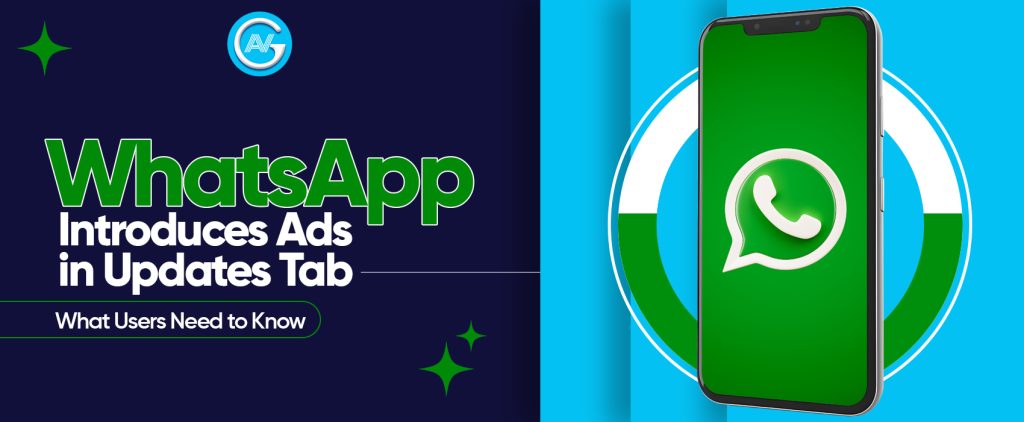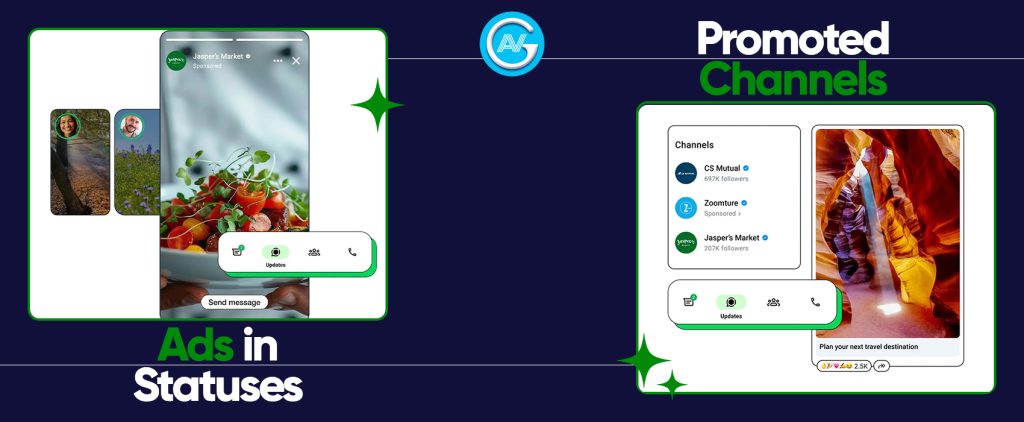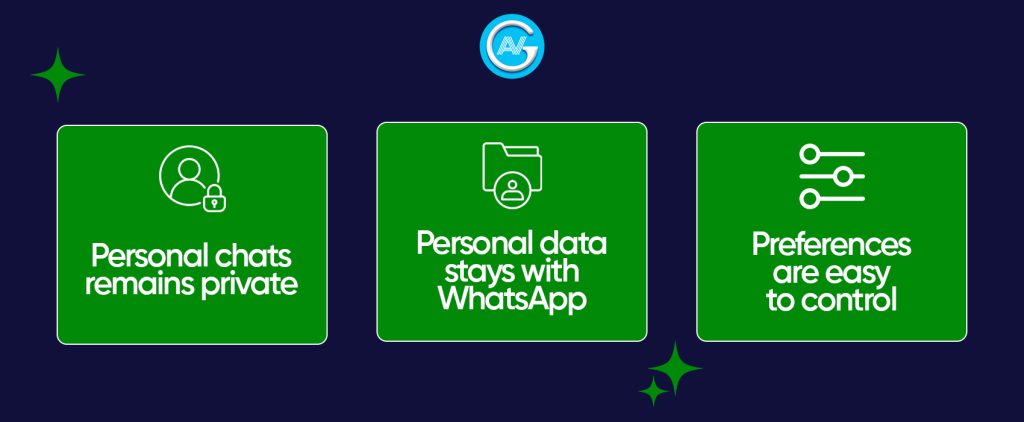
Introduction: A Big Shift for WhatsApp
It finally happened; WhatsApp is rolling out ads. Yes, the only app that once prided itself on being clean, simple, and ad-free is now taking a different approach. Hence, if you have already noticed some promoted content while scrolling through your Status updates, you are not imagining it.
As of June 2025, Meta, WhatsApp’s parent company, has officially introduced ads within the app. This latest update is drawing a lot of attention. Most users might also be considering an alternative. But before you start hunting for an alternative messaging app, let’s break down what’s changing and what’s staying the same. So, let us read further.
Table of Contents:
- What’s Actually Changing
- Where Will You See the Ads?
- What About Your Privacy?
- How Are People Reacting?
- Should You Be Concerned?
- Final Thoughts
Source – WhatsApp
What’s Actually Changing?
The biggest news of this update is that WhatsApp is now showing ads inside the “Updates” tab, which includes two features:
✅ Status updates (consider them as Instagram Stories), and
✅Channels, which are one-way broadcasts from people, organizations, or brands you choose to follow.
However, these ads will not pop up in your personal chats, voice or video calls, or group messages. Your day-to-day messaging will still be ad-free and encrypted, as it has always been.
Where Will You See the Ads?
Additionally, ads will appear between the content if you follow channels or look at friends’ status updates for news, updates, or memes. These are similar to Instagram Story ads and can be swiped past just like any other story.
Businesses now can easily promote their Channels or offer paid subscriptions, opening new opportunities for creators and brands to engage (and earn) through WhatsApp.

What About Your Privacy?
Data is the real deal-breaker; so, let’s talk about it. According to Meta, these ads will only use non-sensitive, limited data, such as:
✅ Your location (city or region),
✅ Your language,
✅ Which Channels you follow, and
✅ How you interact with existing ads.
If you choose to connect WhatsApp to your Meta Accounts Center (the place where your Facebook and Instagram data live), your ad experience may become more personalized—but only if you opt in.
However, most people are still concerned about long-term privacy and how WhatsApp could evolve under Meta’s growing push for monetization.

How Are People Reacting?
No doubt, this 2025 WhatsApp update has caused quite a stir. Most long-time users believe that the addition of advertisements contradicts WhatsApp’s original promise to be a private, clutter-free communication platform. Privacy advocates, especially in the EU, are closely monitoring whether this update complies with data protection regulations.
Meanwhile, competitors like Signal and Telegram are leveraging the situation to highlight their own privacy-first features, hoping to win over some disgruntled users.
Should You Be Concerned?
This depends on how you use your WhatsApp. You probably won’t notice much of a difference if you primarily use it for voice calls, group chats, and messaging. The core experience remains ad-free and end-to-end encrypted.
But if you frequently browse the Updates tab, you will occasionally see sponsored content. However, if it bothers you, you have the option to either ignore it or explore ad-free options.
Final Thoughts
This latest update is a milestone moment for WhatsApp. It’s obvious that Meta wants to tap into WhatsApp’s massive user base to generate more revenue. The potential is enormous, as billions of users scroll through the Updates tab daily.
For now, it’s just ads in a specific part of the app, not a total overhaul. However, it does signal a change in direction, so users should keep up with the latest developments. So, what do you think? Are these ads a dealbreaker for you, or just a small price to pay for a free messaging app?
Summary
✅ As of June 16–17, 2025, Ads are now live in the Updates tab (Status and Channels)
✅Private messaging remains untouched and encrypted.
✅Targeting uses only broad data—location, language, Channels followed, and ad interaction (plus optional Meta ad preferences).
✅Unhappy users; competitors and regulators pushing back.



